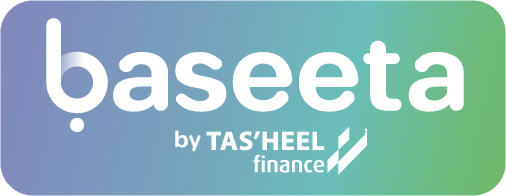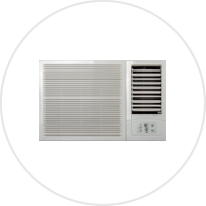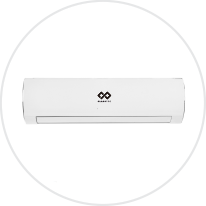Both split and window can be equally efficient in giving you the cooling comfort. So, if you are looking for high efficiency air conditioners then split air conditioners can provide you more options.
The main difference between the two is that window air conditioner has a single unit that can be fixed in specific locations whereas split air conditioner has 2 units (indoor and outdoor) and you have more options where to install.
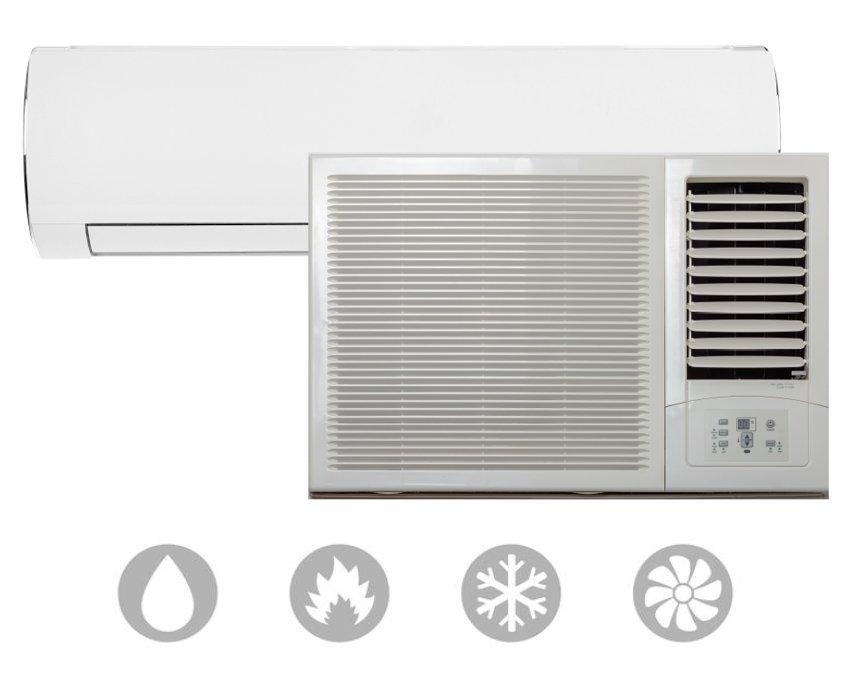
Buying a split or a window AC, s is something that worries a lot of people
Let’s start with the AC Energy details EER or Energy Efficiency Ratio The air conditioner EER represents the amount of cooling an air conditioner can provide per watt of electricity it consumes. The Bureau of Energy Efficiency rates air conditioners on its star rating based on EER of air conditioners.
The higher the EER of the air conditioner the higher the rating it will have.
Both split and window AC’s have EER, but Split air conditioners typically have a higher EER, multiple output cooling capacities and are quieter compared to Window air conditioners. So, if you are looking for high efficiency air conditioners then split air conditioners can provide you higher efficiency and more options.

Right sizing an air conditioner is very important
The most important thing that one should figure out before buying any air conditioner is the right size of the air conditioner. This can significantly impact your electricity bills. And from size we mean tonnage of air conditioner.
Every room that is cooled has a certain amount of heat that depends on:
- Room size. This determines the amount of air in the room that needs to be cooled
- Number of people in the room. Every human being emits heat and the air conditioner needs to cool it.
- Number of electrical appliances in the room (most electrical appliances emit heat, especially lights), Incandescent light bulbs can increase cooling load.
- Windows in the room. The More the windows, the more the heat coming from outside.
- Walls facing the sun can increase cooling load. Touch your walls and windows to check if they are hot or not.
Every Air conditioner has a cooling capacity, which is represented in BTU/hr. (The BTUs of heat that it can remove in an hour). If the heat coming into the room (in BTUs) is more than the heat that the air conditioner can remove, then the air conditioner will not be as effective. An undersized air conditioner cannot remove heat effectively and the compressor of the air conditioner will continue running all the time thereby consuming more electricity.
Choosing the right of AC based on your room size will save electricity and it will give you the comfort that you are looking for.
Average cooling spaces based on BTU
| AC Capacity by TON | AC Capacity by BTU | Average Covered area by SQFT | Average Covered area by SQM |
|---|---|---|---|
| 1 TON | 12,000 BTU | 172 | 16 |
| 1.5 TON | 18,000 BTU | 236 | 22 |
| 2 TON | 24,000 BTU | 322 | 30 |
| 2.5 TON | 30,000 BTU | 398 | 37 |
| 3 TON | 36,000 BTU | 484 | 45 |
| 3.5 TON | 42,000 BTU | 581 | 54 |
| 4 TON | 48,000 BTU | 667 | 62 |
| 5 TON | 60,000 BTU | 807 | 75 |
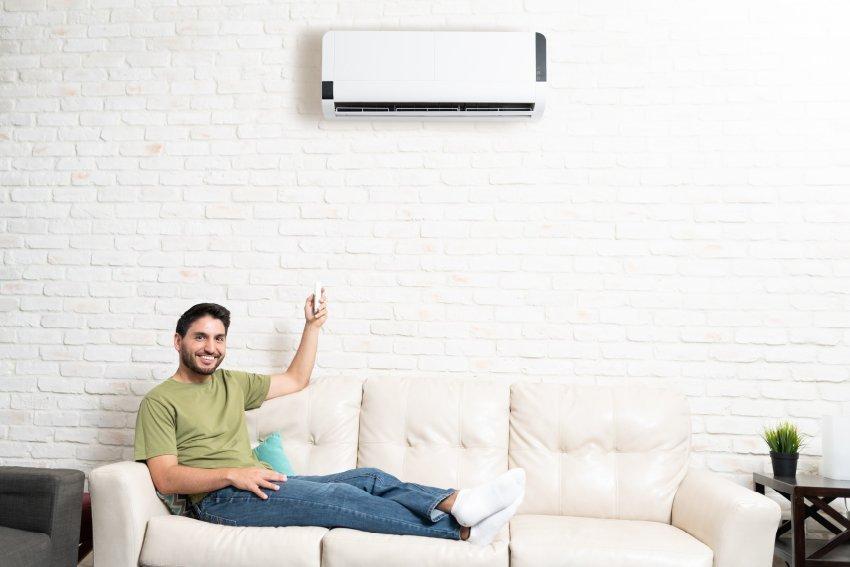
Small details make a big impact
Heating and Cooling Systems – how do they work?
Most contemporary air conditioning systems have reverse-cycle technology. This means they can heat and cool your home. Some air conditioners offer both heating and cooling options, from all types of split, window as well as free standing.

Two hot tips to keep you cool
1- Close doors between cooled and uncooled rooms to stop warm air seeping in. If one of your rooms is naturally very warm, or cool, you can switch to a fan-only setting to help save energy.
2- When you set your thermostat, we advise on setting it on 24 or 25 Degree. Setting your air conditioner to this level will allow you to stay cool and avoid an unusually high electricity bill. If you still find yourself looking for relief, you can invest in a dehumidifier.
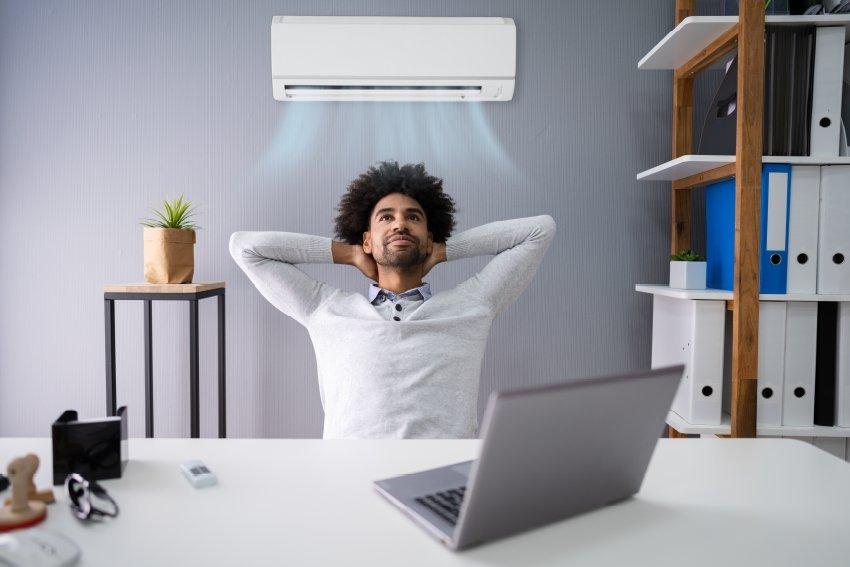
How does Inverter AC & Non-inverter AC works?
An inverter is used to control the power supply frequency of the compressor motor to adjust the cooling/heating capacity of the unit. An inverter air conditioner contains a variable speed compressor that regulates the temperature to provide just the right amount of cooling and heating as needed. A non-inverter air conditioner, on the contrary, has a fixed speed compressor which works on an “all or none” principle meaning it switches on and off when required.

There are 3 Types of ACs
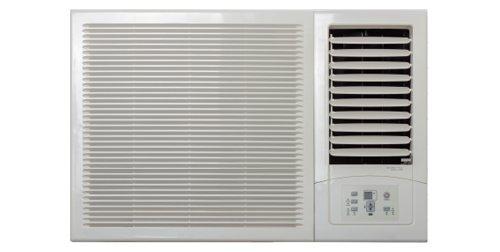
1. Window AC
Reciprocating (piston) air compressor
These compressors have an arrangement of cylinder and piston which is quite similar to the engine of an automobile. The piston has a “back-and-forth” motion which first compresses the gas and then discharges it.
Rotary Air Compressor
A typical rotary air compressor consists of a pair of rotors of a special design having very little clearance between each other. These rotors rotate in opposite directions and the air is passed through them to emerge at a higher pressure than before.

2. Split AC
Rotary Air Compressor
A typical rotary air compressor consists of a pair of rotors of a special design having very little clearance between each other.
These rotors rotate in opposite directions and the air is passed through them to emerge at a higher pressure than before.
Inverter Technology
An inverter type air-conditioner adjusts the speed of the compressor to control the refrigerant (gas) flow rate, thereby consuming less current and power.
An inverter has precise temperature control and as the set temperature is attained, the unit adjusts its capacity to eliminate any temperature fluctuations.
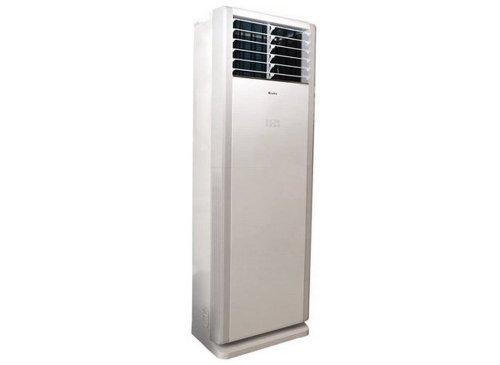
3. Floor Standing AC
Floor air conditioner is another type of air conditioner unit that is commonly used in places such as restaurants, halls, motels, data centres, masjids.
The reason for its name is obvious in that it is basically standing on the floor. The space floor and the unit are all that are required for the air conditioning system to function.



